Teaching kindergarten has its advantages. We sing, dance, read picture books, and even take naps. As an added bonus, the children keep me up to date with the latest trends in their world.
A couple of years ago Yo-kai Watch exploded onto the scene and possessed children’s handhelds, t-shirts, school stationary and even bentou lunch boxes. This past year the kids showed me a mobile game called Monster Strike, or Mon-Suto (モンスト) to those in-the-know. To kindergartners in Japan, owning a smartphone means one thing; Monster Strike.
And Mixi, Monster Strike’s parent company, couldn’t be happier. Mixi used to be Japan’s social media kingpin, until they were overtaken by upstart competition. Yet, instead of squandering resources on a losing battle, Mixi hatched a plan to conquer new territory – the mobile gaming scene. Monster Strike’s domination of the mobile gaming scene struck me as random, but was anything but.
By assembling a crack production team that brought old school gaming elements to the current mobile gaming world, Mixi and its pet Monster dethroned the leading mobile gaming king, forced the mighty Nintendo to take notice and became 2014’s mobile game phenomenon.
The Ballad of Mixi
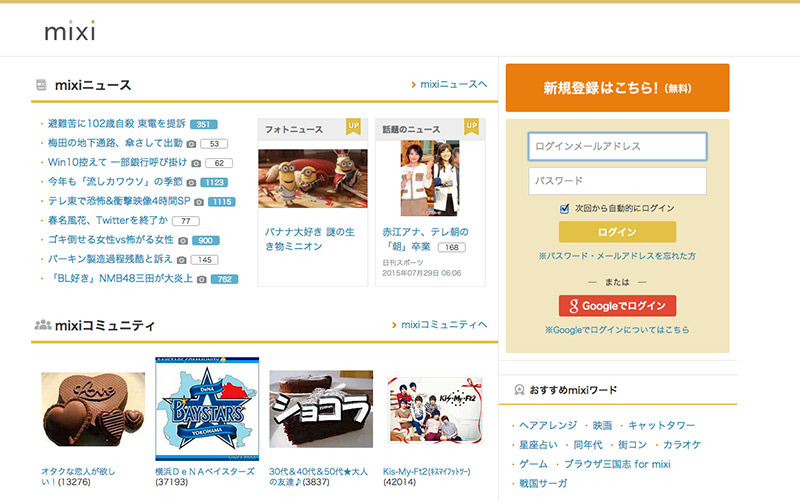
Mixi had conquered Japan’s social networking scene. Or so it seemed. “At one point, 27 million people, or one in five Japanese, had a Mixi account,” says Jonathan Soble of the New York Times. But just when they appeared to have a secure grasp on the Japanese market, foreign competition entered the game.
Twitter, Line, and Facebook chipped away at Mixi’s market share by offering slightly different experiences. Line focused on chatting. Facebook allowed “real” people (more on that later) to connect and reconnect. Twitter offered second-by-second news, sharing, and personal expression.
Smartphones kicked archaic keitai (cell phones) to the curb by offering streamlined interfaces and smooth internet browsing experiences. Thanks to smartphones’ popularity and intuitive apps, Mixi’s competitors became more accessible and easier to use than they had been during the keitai era.
Facebook spurred a paradigm shift in Japanese social-networking. Although membership had been limited to those with registered college email addresses, in 2006 Facebook emerged from its isolationist shell, allowing anyone to join. Taking the opposite route, Mixi restricted membership to Japanese cellphone owners and ran strictly in Japanese.
Although Mixi’s strategy offered extra security, it came at a cost. It confined the Mixi experience to Japan. A Western import that offered the world, Facebook’s lack of limits gave it an air of possibility and sophistication.
Furthermore, Facebook brought a sense of reality to Japanese social networking. ” ‘Facebook values real-life connections,’ warns a message that pops up when a Japanese user withholds information.” While Mixi promoted the use of nicknames and false avatars, Facebook preferred real names and searchable true identities. Japanese users gave up Mixi’s anonymity for Facebook’s reality based potential.
Facebook helped its cause by creating a native Japanese interface. Blog-like walls and the “Ii ne” button, Japan’s equivalent to “Like,” made Facebook fun. Facebook’s notification page kept everyone up-to-date on their friends activities. Japan, a culture that embraces social “circles,” found Facebook to be a powerful social tool.
Mixi dipped into a tailspin and its stock plummeted. “Mixi stopped publishing membership data after the number of people who logged on at least once a month fell to half of what it had been at the company’s peak,” Soble says in his report. Currently, Facebook has grown to Japan’s ninth most visited site while Mixi has fallen to 13,406th.
Mixi was down, but not out. Ironically the technology that nearly killed Mixi would serve as the foundation to its meteoric rebirth.
Like a Phoenix

Mixi could have fought to the end and joined the graveyard of failed companies in this fast moving technological era. But they tapped out, regrouped, and lived on. They focused their remaining resources on a new endeavor – the lucrative mobile gaming industry.
Mixi’s move came with the mobile-gaming boom that’s swept up Japan’s young generation. GREE, Japan’s third largest social-networking operator, saw the number of users to its site more than double to nearly 10 million. Its profits increased multiple times over the past year on the back of popular mobile games created in house. The phenomenon underscores how social games, if they catch on, can lead to a huge gains.
With established names like GREE, Line, and Nintendo already thriving in the gaming market, Mixi didn’t take the task lightly. Like a sports franchise looking to rebuild, it secured the best free agent on the market, gaming industry legend Yoshiki Okamoto. The former Konami and Capcom employee (and creator of the “global megahit” Street Fighter II) teamed with producer and director Koki Kimura and Mixi’s head of localization Michael Oakland to engineer Monster Strike, the game behind Mixi’s unimaginable resurgence.
The plan worked. Monster Strike rocketed to number one in mobile app downloads, overtaking then-darling Puzzles and Dragons and stealing some of Nintendo’s audience. Mixi returned to the top, but of a totally different playing field.
Uniting the Old School and New
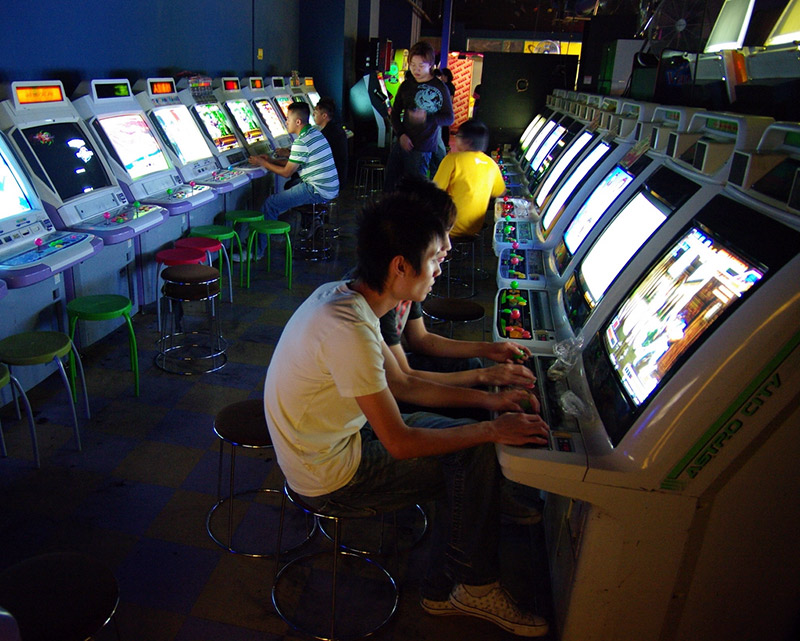
How did Monster Strike rise to the top? Mixi learned from its downfall and offered audiences a slightly different experience from its competitors. Although Monster Strike embraces current industry standards, Okamoto’s old tricks, like keeping the game “small,” made the difference.
Old School Co-Op
In a strategy fitting of Mixi’s origins, Monster Strike’s production team sought to harness the joys of social interaction. Koki Kimura explained,
The thing about Monster Strike is that it was built from the ground up, by us, to be a communication tool – to get people playing games together in the same room again. (Nutt)
Monster Strike harkens back to the pre-internet era, a time when “multiplayer“ meant going to a friend’s house or hitting the local arcade. But cyberspace took multiplayer global and local co-op fell out of favor. By reaching back into gaming’s past, Monster Strike offers the novelty of playing with close friends in the literal sense. Since players cannot play together via the net, local co-op is one of the game’s unique hooks.
To drive the point home, Mixi took it a step further by rewarding cooperative play. Friends share the game’s limited continues . Using one continue allows everyone to play on, so teaming up means more opportunities to play.
Let’s Get Small

The sheer size of today’s console games has made their production expensive, time consuming and, according to Okamoto, frustrating. Giant worlds and complicated plots mean today’s games demand more commitment than ever for players to complete them.
The Monster Strike team felt many game fans don’t have time to invest in these “big” games. Okamoto explained,
People… don’t have a lot of time on their hands, so they want to find experiences that they can play for five minutes, ten minutes (at a time). (Nutt)
The Monster Strike team focused on making a smaller, more focused game. And it all starts with its palm-sized playing fields that encapsulate all the action. Since players needn’t worry about the world beyond the screen, they can focus on the on-screen action. For me Monster Strike conjured memories of arcade machines, like Pac-Man, Donkey Kong or Burger Time. The game’s action unfolds over an established, static background.
Monster Strike is also small in terms of time. Like Okamoto’s Street Fighter II, Monster Strike can be played in “short bursts.” The game progressively saves a player’s progress and small time investments add up. I have played it waiting on appointments, in line at the supermarket, and during commercial breaks while watching TV.
Lights, Touch Screen, Action!
“Action” sets Monster Strike apart from competitors like GungHo Online’s Puzzles and Dragons which focuses on “match-three” puzzle gameplay and A-Lim’s Brave Frontier which emphasizes classic RPG menu battles. Although those games feature onscreen action effects, the nature of matching gems and navigating menus disconnects a player’s initiation from the onscreen action.
Monster Strike’s battle system offers a sense of realtime action. In what can be described as a combination of Pokemon and billiards, players flick their character game pieces around a closed arena, sending them bouncing off the walls and into their foes and allies alike. This intuitive flicking action system gives Monster Strike a sensation of physical game interaction that many competing games lack.
Taking “User-Friendly” to a New Level
Monster Strike’s smallness has also allowed producers to react to real time feedback and keep the game user friendly and fair.
Fairness
In an era where “free-to-play” often translates to “pay-to-win,” Mixi sought to offer a free and fair gaming experience (Yvray). Koki Kimura says,
You can’t get the strongest character in Monster Strike by paying. Nor does paying get you to 10 levels beyond where you were before you paid… Skill should get you further than money. (Kain)
Just as Monster Strike rewards cooperative play, special items can be earned by logging in and participating. Players can’t buy the best characters. They earn them by winning special campaigns or through the games capsule machines. Players can spend money on coins or more playing time, but it isn’t necessary. In a break from the “pay-to-win” paradigm, Monster Strike facilitates a feeling of fairness by rewarding player effort and allowing players to succeed with no monetary commitment.
Embracing the Grapevine
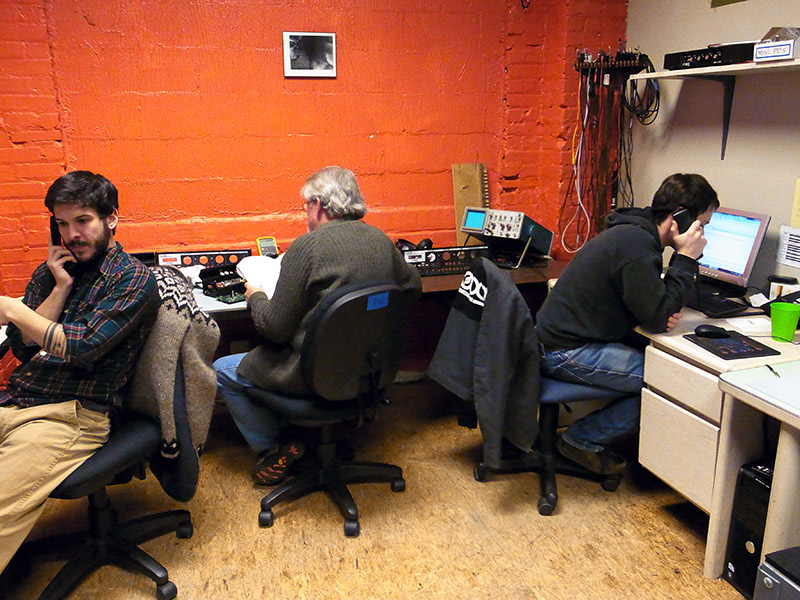
Small games based in social networking lend themselves to real-time communication. Monster Strike’s maintenance team reacts to player concerns with little delay. “Because it’s not a big, bloated triple-A game, you can actually make real-time changes based on this feedback” says Okamoto.
Recent frustrations with the infamously glitched Batman: Arkham Knight PC-port illustrate his point. Disgruntled customers numbered around 8,000 and WB Games decided to suspend sales of the game until the kinks were ironed out. Unlike giant PC and console games, small game production teams can respond with quick solutions. If problems do arise, players receive updates via the game, its website or social networking tools like Twitter or Facebook.
Small games also facilitate small updates and add-ons. Monster Strike constantly adds new and limited-edition campaigns, items, and characters. These small changes keep Monster Strike fresh and surprising. Players never know what to expect when they log-in.
How Monster Strike Competes with Consoles

While smartphones’ streamlined internet experience played a role in Mixi’s initial downfall, the devices’ proliferation sparked Monster Strike’s rise. Today (nearly) everybody has a touch screen device with internet access. So mobile gaming’s access far exceeds that of stand-alone consoles. And the puzzles, dragons, and monsters have helped mobile games take a bite out of the console market. Since 2013 console and software sales have dropped, but the mobile gaming market continue to grow.
Smartphones have changed mobile gaming culture, taking a large chunk of both portable and home consoles’ audiences. Since parents already own smartphones, there is no need to buy children new hardware. Furthermore, there’s no physical software to buy. Monster Strike can be downloaded anywhere at anytime. Like Monster Strike, many mobile games are free or cost less than “bigger,” more time consuming console software.
While Monster Strike maintains a “small” game experience, it receives updates and continuously expands. Thanks to calculated strength limits, Monster Strike maintains a challenge and thrill many console games lose through grinding or building overpowered characters to make the game easy. Players never beat or finish Monster Strike. They play until satisfied or a new game attracts their attention. Of course, Mixi hopes the latter won’t happen.
How Monster Strike Struck My Heart
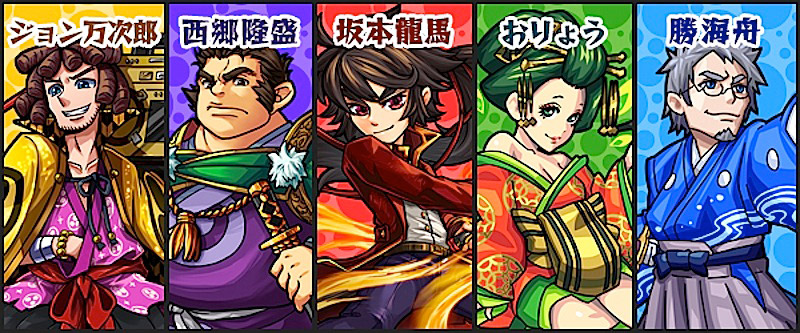
Many mobile gaming fads have come and gone but Monster Strike was the first to hook me. Free means guilt-free. Sure I’m wasting time, but at least I’m not wasting money. And since I play the game in minute spurts, I rarely feel like I’m actually idle.
I’ve unlocked top-tier characters and beat difficult campaigns without spending either a yen or cent. Monster Strike truly embraces its mantra of fairness. On the occasion that the game crashes or experiences technical difficulties, Monster Strike offers items or other rewards to make up for the inconvenience. As the game’s producers’ vision proves true, the Monster Strike goes out of its way to treat players fairly.
The kid in me loves the collectible characters. Monster Strike’s unique cast ranges from historical legends, anthropomorphic military vehicles, beasts, robots, plants, cute girls, cool guys, and legendary heroes and villains. A continuous stream of new characters, including new evolutions and limited edition from franchise tie-ins like Gojira (Godzilla), Evangelion, Okamoto’s Street Fighter cast, and even TMNT makes “catching them all” nearly impossible.
But my favorite element is the action based gameplay. I have a ton of fun flicking my character pieces around the screen. And while critics may question Monster Strike’s challenge and level of strategy, I have won and lost many battles based on my decision making.
Future Strike
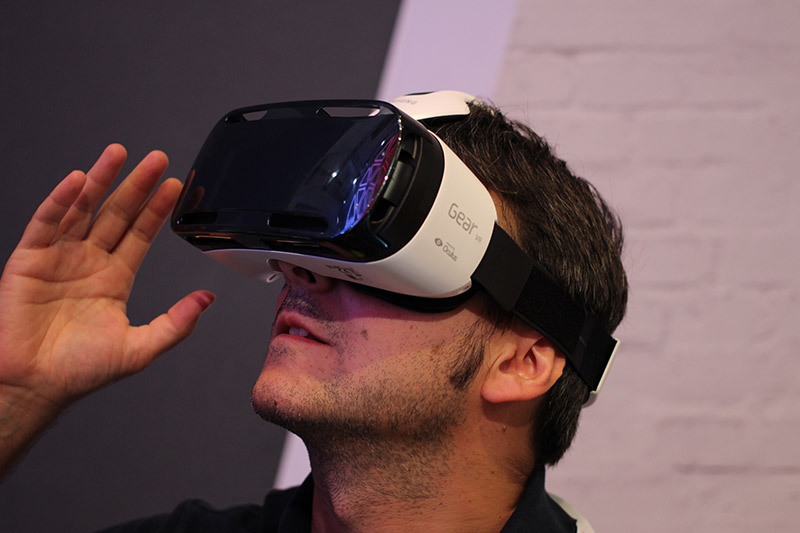
Although Monster Strike’s explosion in popularity seemed sudden, it was anything but. The game achieved a deliberate success, engineered by an all-star production team that heeded gaming’s past and future while respecting its audience. As a result, Monster Strike offers a free-but-fair, constantly evolving action-based gaming experience.
Its insane earnings have not been ignored. “As of March 31, 2015, the game has been downloaded more than 30 million times and has daily revenues of $3.8 million” according to Wikipedia. Mobile gaming profits have grown enough to lure just about any game maker to the market. Even Nintendo decided to join the fray, announcing the development of five games for mobile devices.
Does Nintendo’s foray into smartphone gaming signal a continued fall for consoles, or is it just a passing fad? Although naysayers question the legitimacy and longevity of mobile games and free-to-play games in general, industry insiders like Okamoto and Konami CEO Hideki Hayakawa have declared mobile gaming the future. “Mobiles,” Hatakawa said, “will take on the new role of linking the general public to the gaming world.”
Will Mixi repeat past mistakes and rest on its laurels? Or will it continue to push the envelop? Perhaps it will allow players to trade characters? Or combine characters to unlock special versions for each player? Maybe Monster Strike will create a versus mode? Or lend their popular characters to other games? If anything has proven true it’s that social elements rule the day.
However, with an anime series in production, expansion to the 3DS announced, and the availability of Monster Strike credit cards the Monster Strike hype train shows no signs of slowing down, at least for now.
